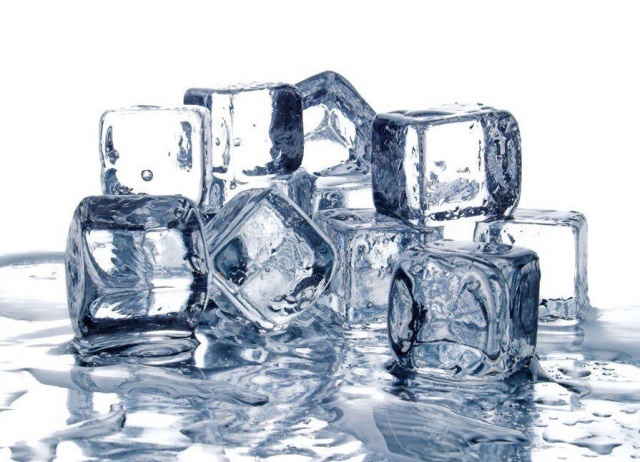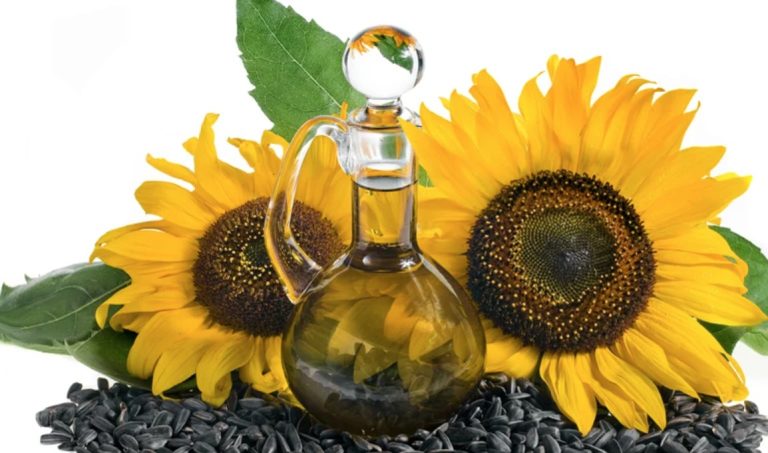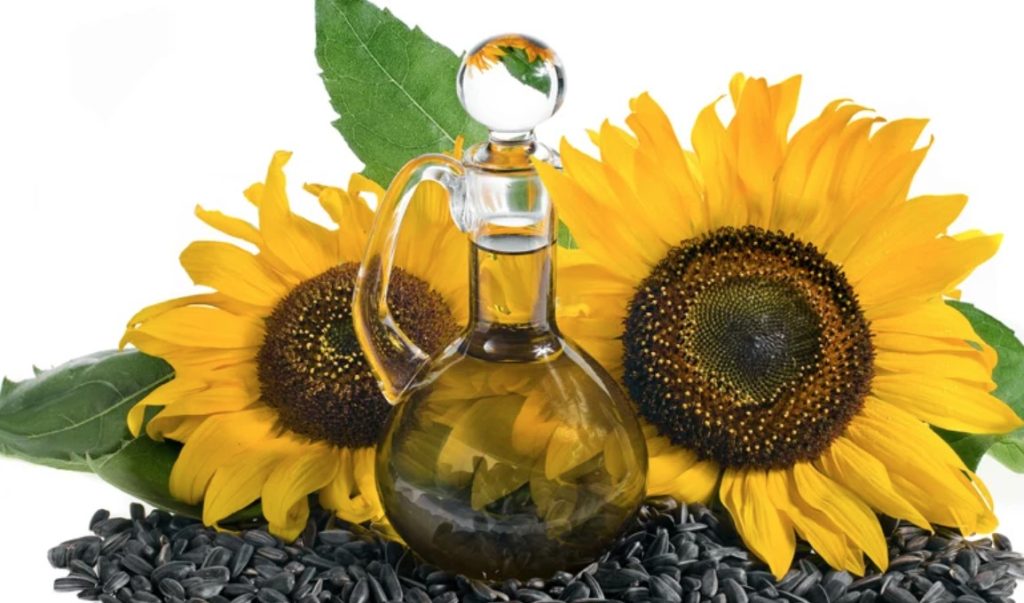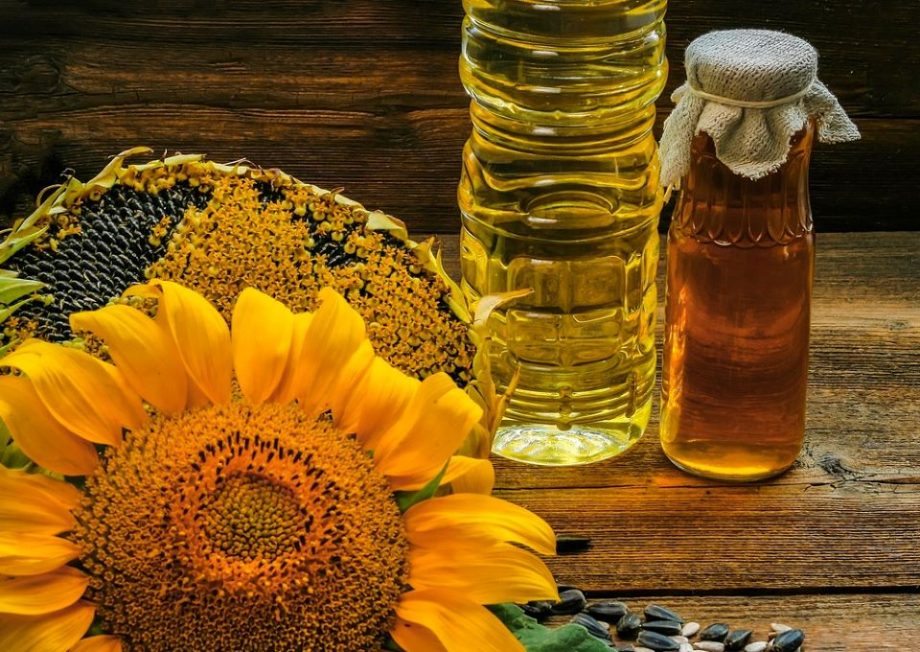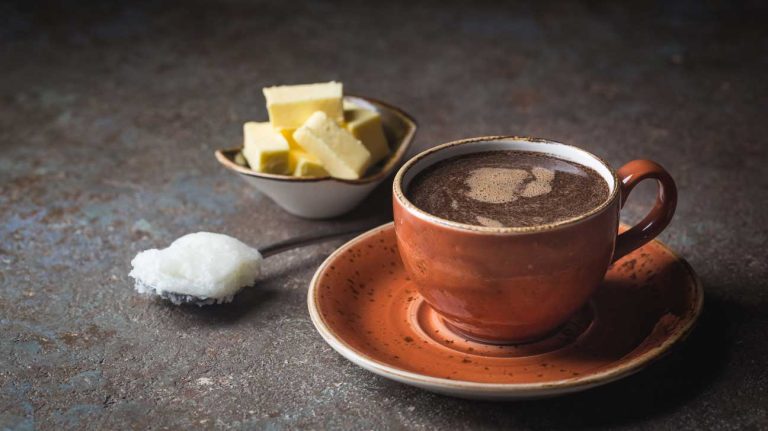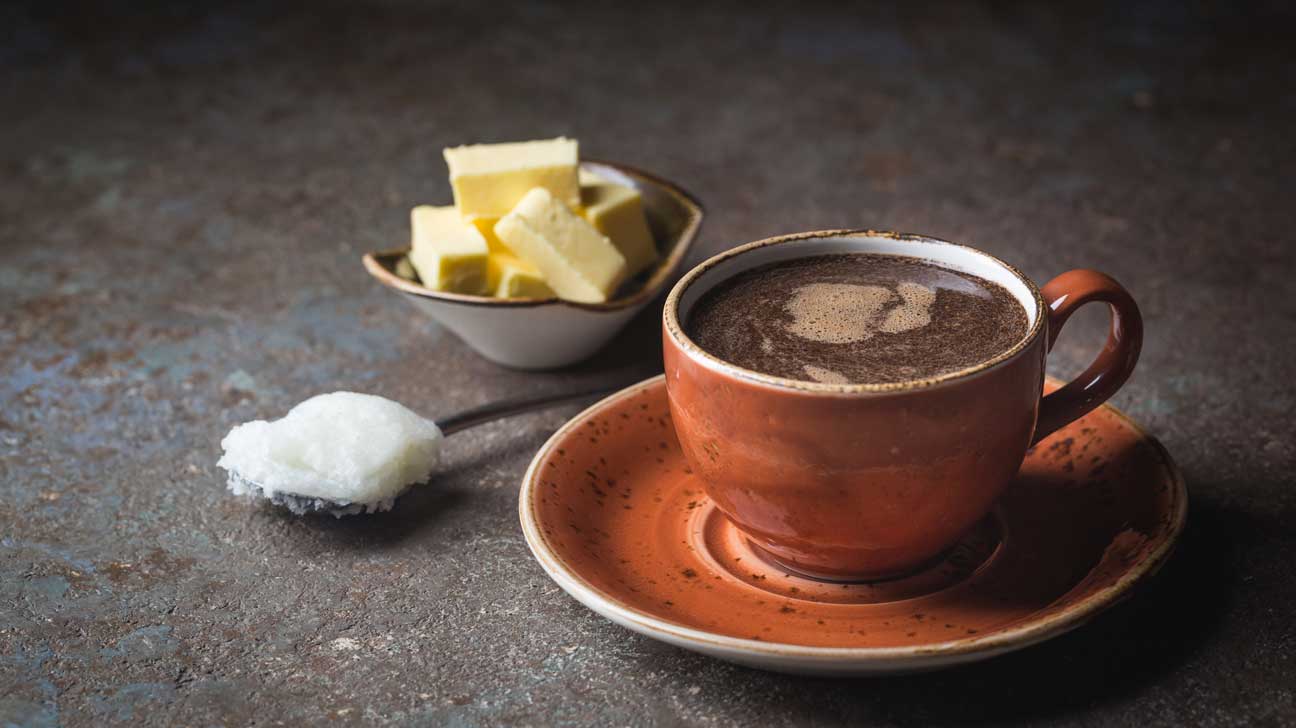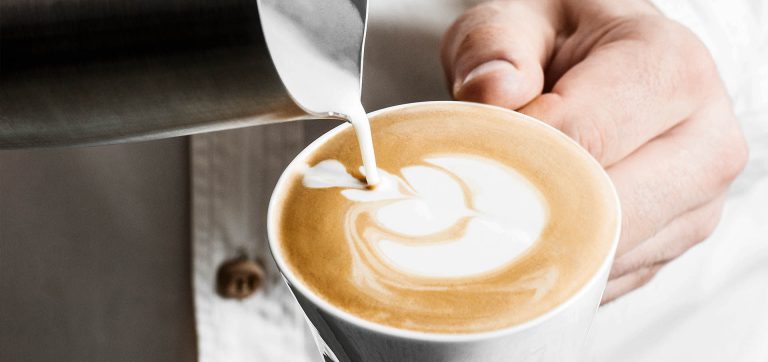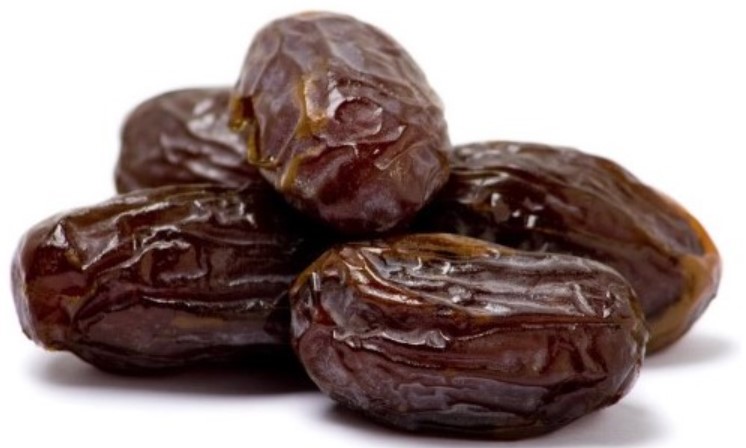A typical slow coffee is prepared – and that shouldn’t come as a surprise – slowly. With a hand filter, but also with the espresso maker or the French press, this is very easy and creates awareness for better coffee.
I have never understood why people prefer a coffee from the fully automatic machine to a freshly brewed one. When Nespresso suddenly moved into my friends’ homes, I almost lost my faith. Overpriced coffee in aluminum capsules that only work in an overpriced coffee machine and also cause a gigantic waste problem. Stiftung Warentest estimated the amount at 5,000 tons of capsule waste in 2015.
Instead of coffee at the push of a button, supporters of the slow coffee movement are already celebrating the preparation. Get up ten minutes earlier in the morning, breathe in the scent of whole coffee beans, grind the coffee and pour it into the espresso maker in good portions. This has a meditative character – and is also a wonderful morning ritual. It’s about giving yourself a lot of time and consciously perceiving this as well as the enjoyment of the coffee later.
The Slow Coffee movement also includes paying attention to fair production conditions and sustainable cultivation. You can often get good fair trade organic coffee directly from your trusted roasting house. You can also find recommended coffee in many supermarkets and health food stores. Just find out more in our best list for organic and fair trade coffee.
Classic slow coffee is brewed slowly. But other methods of preparation are also ideal for “slow coffee”. We introduce you to five ways to make really good coffee.
The espresso maker – an Italian original

The espresso maker is a classic that can be found in every Italian household. As the first espresso machine for the home, his invention triggered a small revolution in 1933: Until then, the popular hot drink in Italy could only be enjoyed in public coffee bars.
The espresso maker – also mocha pot – does not generate enough pressure for a real Italian espresso with a fine crema (and therefore shouldn’t really call itself espresso), the coffee still tastes good. A classic espresso maker generates around 1.5 bar. The Brikka – a further development of the classic espresso maker from the Bialetti brand – manages a total of 6.5 bar. For comparison: a portafilter machine works with a pressure of up to 15 bar.
The whole thing works very simply: Fill in water at the bottom, insert the sieve, fill completely with espresso powder and smooth out the powder. Place the pot on the stove over medium heat, when it hisses and bubbles, the espresso is ready.
Good to know: Biorama from Austria reported in March 2021 that a relatively large amount of aluminum can get into the coffee from standard espresso pots. Fortunately, the recommended limit values are not exceeded by normal coffee consumption. However, you can easily work around the problem by using an espresso pot made of stainless steel (instead of aluminum).
French Press – for better coffee
Another environmentally friendly way of making coffee is the French press, also known as a stamp press pot or press stamp pot, push-through pot, Bodum pot or cafetière. The manual coffee maker was probably invented in France at the end of the 19th century. The Italian designer Attilio Calimani had it patented in 1929, and his compatriot Faliero Bondanini developed it further. It experienced a hype with us in the nineties – and with good reason.
The coffee from the French press tastes more intense, fuller and less “clean” than that from the filter machine. In this coffee preparation, a metal sieve takes over the role of the filter. Because the coffee powder is in contact with the water for longer, significantly more coffee oils and fats go into the finished coffee.
The preparation is also very easy here: fill the French Press with coarsely (preferably freshly) ground coffee powder, pour in hot water, leave to steep for four minutes, put on the lid and press down the sieve. Enjoy immediately, this is how the coffee tastes best.
Filter coffee – the simplest way to prepare coffee
The hand filter is undoubtedly a classic when it comes to coffee preparation. With grandparents you can usually still find it hidden somewhere in the closet, it had to make way for the modern filter coffee machine. Baristas swear by filter coffee – if you use the right technique.
To prepare coffee, use about 60 grams (9 tablespoons) of medium to finely ground coffee per liter of water. Before use, you can briefly rinse the paper filter with hot water from the kettle – this will eliminate any paper taste and also keep the filter at a good temperature.
After boiling, it is best to let the water cool down to 90 degrees for a few minutes to prevent fine coffee particles from burning and your coffee from becoming bitter in taste. First, pour just enough water on the powder to cover it and let it swell for 60 seconds. Then add water in 100 milliliter increments, advises the expert.
Karlsbader Kanne – coffee preparation with tradition
The Karlsbader Kanne is a real eye-catcher. It is also used to prepare filter coffee, is made entirely of porcelain and does not require a paper filter or other additives. There is also the Bayreuther Kanne, a new edition of the Karlsbader Kanne in a modern design. The Karlsbader or Bayreuther jug consists of four parts: the jug itself, a porcelain filter, a water distributor and the lid.
The preparation is very simple, the coffee is pleasantly mild. Heat the water to 95 degrees, coarsely grind the coffee (we recommend a grind of 9 or 10). Put the coffee in the filter – calculate about 10 grams or 1.5 tablespoons of coffee per cup – and spread it out. Put on the water distributor, pour in the water, let it swell for 30 seconds and then add more water.
Kamira – espresso maker for lovers

The Kamira can almost still be described as a novelty. The Italian inventor Nino Santoro used it to develop a very simple machine to bring the classic espresso from the portafilter machine into the home kitchen. The result is impressive: an espresso that, despite the relatively low pressure (about 3 bar), has a nice, slightly coarse-pored crema – and tastes good.
The application is quite simple. With the valve closed, you fill the storage tank with water, open the valve and let it run down into the water tank. Fill the portafilter with espresso powder, insert it and close the valve. Then the cooker comes on the stove and within a few seconds espresso flows from the portafilter directly into the cup. When the desired amount is reached, slowly open the valve to release the pressure, done.
The espresso maker is handmade in Italy, costs around 80 euros and, according to the manufacturer, is practically indestructible. Espresso fans will definitely have fun with it.
If, despite everything, you are not convinced by this type of coffee preparation, you will also find recommendations for coffee machines and alternatives to coffee capsules made of aluminum.
